SUMMARY
This is AI generated summarization, which may have errors. For context, always refer to the full article.
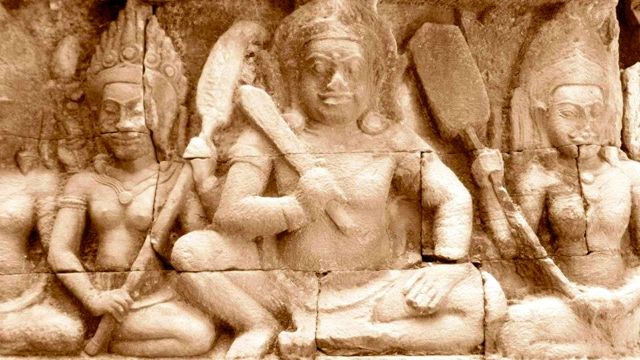
BANGKOK, Thailand – I was already 21 years old when I first saw a Buddhist temple.
It was 2005 in Phuket, and although it was only a community temple, I was completely mesmerized.
I suppose it was natural for a Filipino to be in awe of religious structures different from Catholic churches and cathedrals.
Since then, I earmarked a wish list of ancient temples to visit, and Cambodia’s Angkor temples were at the top of that list.
I was finally able to visit Siem Reap this year; being Bangkok-based, I decided to travel over land as I figured it would be more practical than flying. (For those in Manila, Cebu Pacific conveniently flies direct to Siem Reap).
The overland journey from Bangkok to Siem Reap was bumpy, yet not as bad as it looks from images you see on blogs.
Crossing the Thailand (Aranyaprathet)-Cambodia (Poipet) border was already a fascinating experience all its own. The border was grim and dirty, yet full of character. On the Thailand side is a famous wet market and a few steps in the Cambodia side is a strip of casinos.
From wet market to casinos — where else in the world?

Siem Reap is a small town where almost every part of the city is easily accessible by bike or tuk-tuk, even the ancient Angkor temples. I was in Siem Reap for a weekend so I only had one full day for temple visits.
The most convenient way to visit the temples is to hire a local tour guide (US$30/day) and a tuk-tuk driver (US$20/day), excluding collective entrance fees to the temples (US$30/day).
I was up and ready at 4:45 AM for the first item in my itinerary: the sunrise visit to Angkor Wat.
I was greeted by the local tour guide and the moment he found out I am Filipino, he earnestly told me: “My country is not as rich and developed as yours. There’s still a lot more to do. I apologize for the bumps you encounter.”
I was humbled and tongue-tied; it was the first time I’d ever heard someone say that about my country.
The simplest way to support the people of Cambodia is to engage the services of its government-accredited tour guides, most of whom are eloquent, knowledgeable and friendly. I encourage travelers to factor this into their budget as this will also definitely make the trip to the Angkor temples more convenient and rewarding.
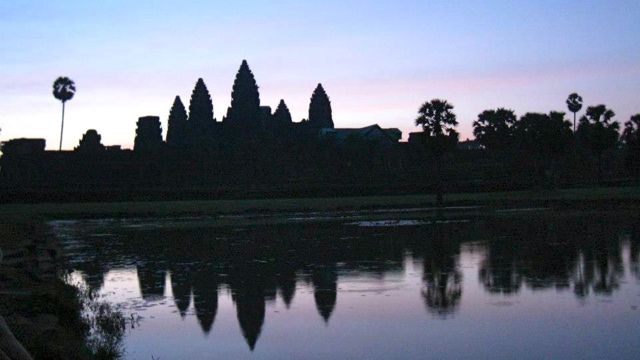
Sunrise at Angkor Wat is not to be missed; a spiritual experience one must partake at least once in their life.
Pictures will never do justice, and it was definitely worth the effort of waking up early for. I was surprised that there were already a few tourists waiting that early, but everyone seemed to be in good spirit.
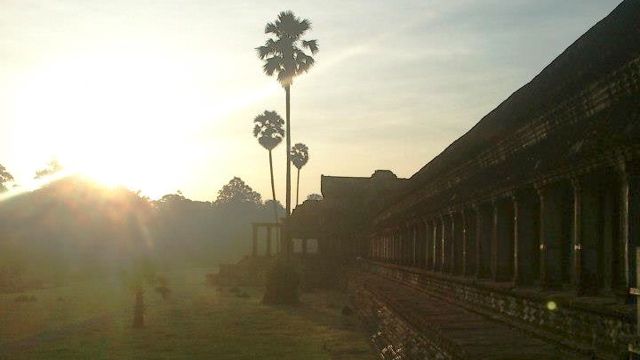
Temples are not every traveler’s cup of tea, so if you want to take the plunge and do a trip on your own, Siem Reap would be the perfect place for you.
The rest of my early morning was spent walking around Angkor Wat, a structure so magnificent you’d wonder if it was really man-made.
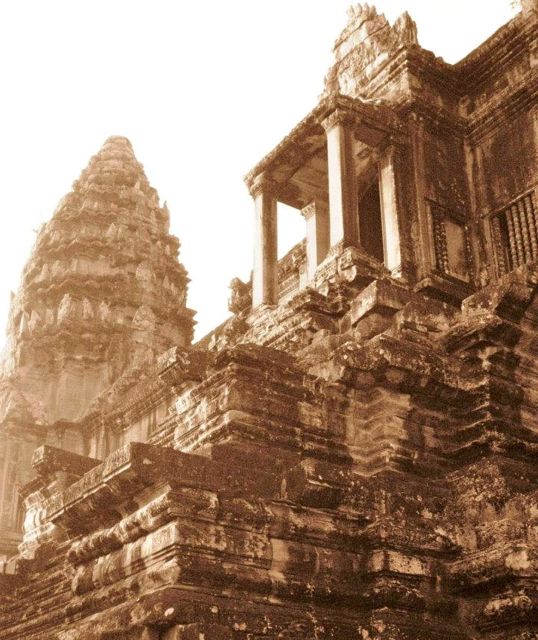
There are not enough superlatives to describe how glorious it was: detailed carvings on stone walls, sophisticated symmetry of the ceilings, commanding towers.
Complemented by the thousand-year-old reflecting pool that surrounds the world’s largest religious structure, it truly felt like the heaven of Mt. Meru on earth.
Almost zany compared to the perfected sophistication of Angkor Wat, the Bayon temples in Angkor Thom felt like stepping into the mythical world of the ancient Khmer.
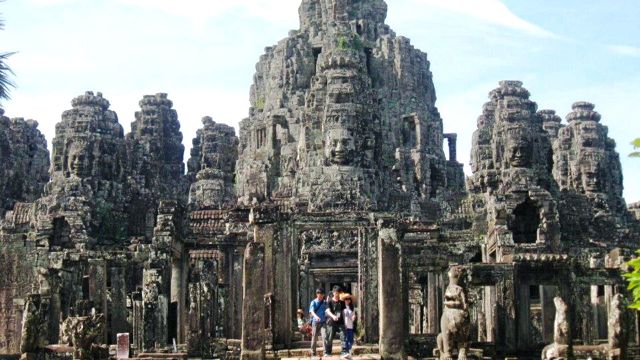
Unlike the godly carvings of the Hindu Angkor Wat, the iconographies in the Buddhist Bayon depict the day-to-day life of the Khmers — from the marching of the marines, cock fighting, town feasting, to mother and daughter bonding.
The weather in Siem Reap then was excruciatingly hot, but when you are at Bayon and you have dozens of massive Buddha-like faces staring at you in every direction, discomfort would be the last thing on your mind.

As Angkor Thom was the most enduring capital of the Khmer empire, the royal headquarters and people’s grandstand are housed in this vicinity.
Here, you can find the find the Elephant Terrace, a stand-out part of the complex that was once used as a welcome point for the returning victorious Khmer army.
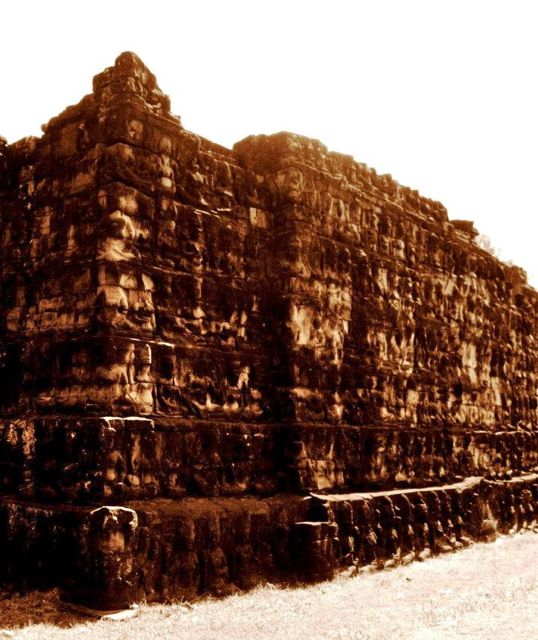
A few steps away lay another personal favorite, the Leper King Terrace, a temple dedicated to the Hindu god of death, Yama.
I found the bas-reliefs surrounding this temple morbidly interesting.
Arguably the most important temple in Angkor Thom is the recently-restored Baphuon.
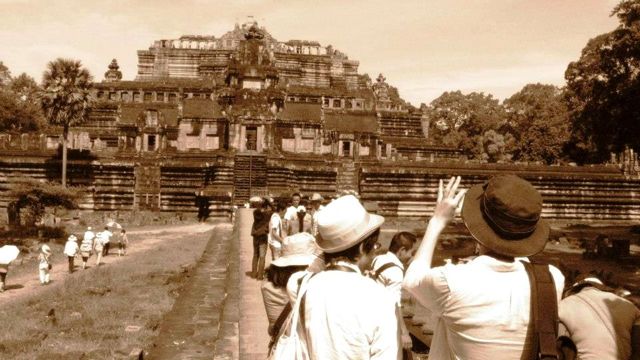
Dedicated to the Hindu god Shiva, this temple is older than Angkor Wat, and its 3-tiered temple steps are reminiscent of the pyramids of Egypt.
My last stop was the Ta Phrom — more popularly known as the “Tomb Raider temple” — an oddly beautiful sight of nature vs. ancient structures. You could almost feel the wrath from the vicious roots of centuries-old trees here, as if they are trying the conquer the structures built in their territory.
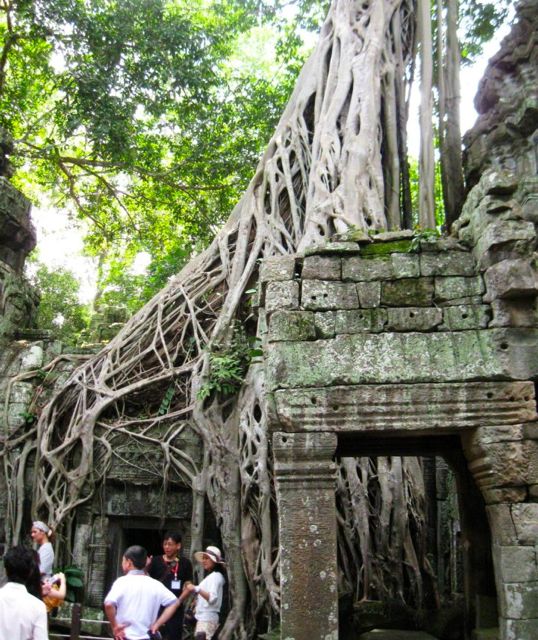
The thousand-year-old Angkor temples are still being used as places of worship to this day.
Travelers must observe proper decorum and dress code; some temples do not allow the usual casual, sleeveless attire.
It angered me when I saw a few tourists poking fun at and posing with some of the headless Buddha monuments.
Reading about the history of the Khmer empire before going on the trip to the ancient temples is greatly encouraged. An extended reading on the Khmer Rouge-era Cambodia is important too, as that will give you a clearer picture of the struggles of their people.
You’ll be able to appreciate how they’ve strongly moved on and picked up the war-torn pieces of their past and, more importantly, how you are in the right position to help.
That was just a full day itinerary. If I had more time, I would have gone to so many other temples.
Crossing the cultural borders of Angkor once is not enough.
As I write this, I have already started planning for my next visit. – Rappler.com
Nico Marco heads the PR team of online hotel-booking company, Agoda.
Add a comment
How does this make you feel?
There are no comments yet. Add your comment to start the conversation.